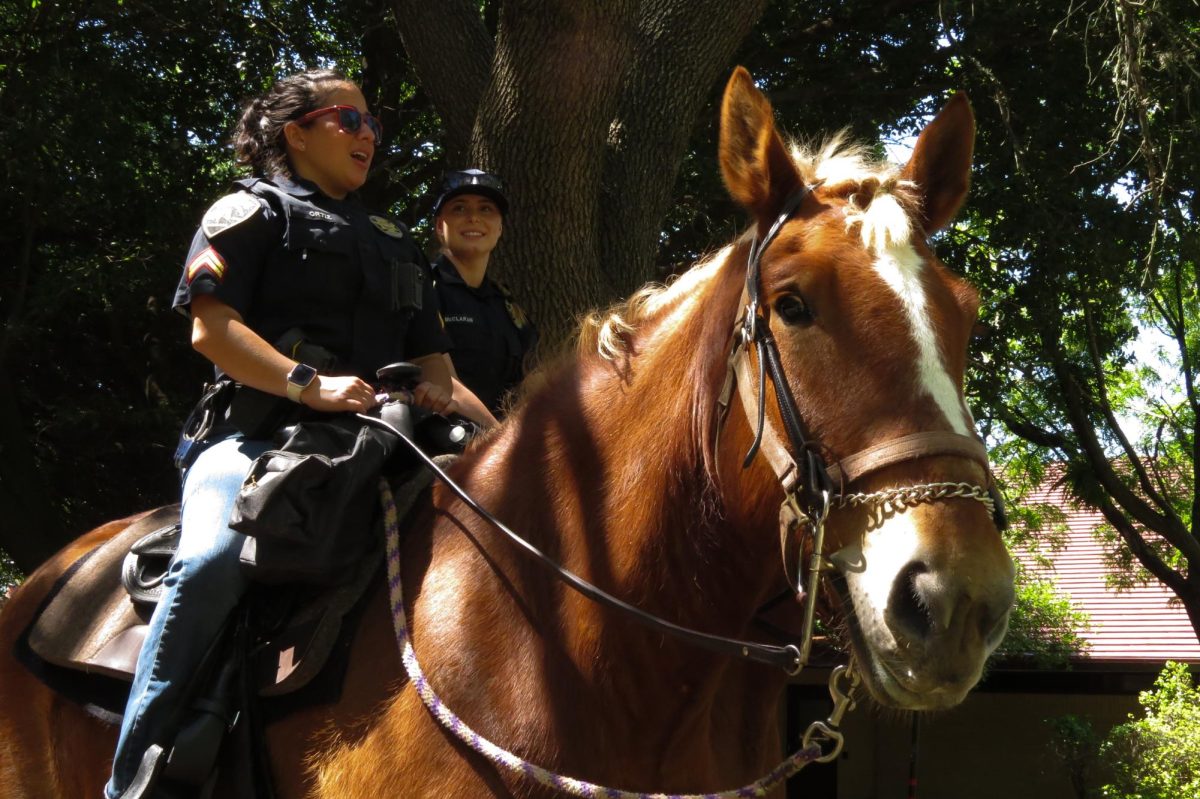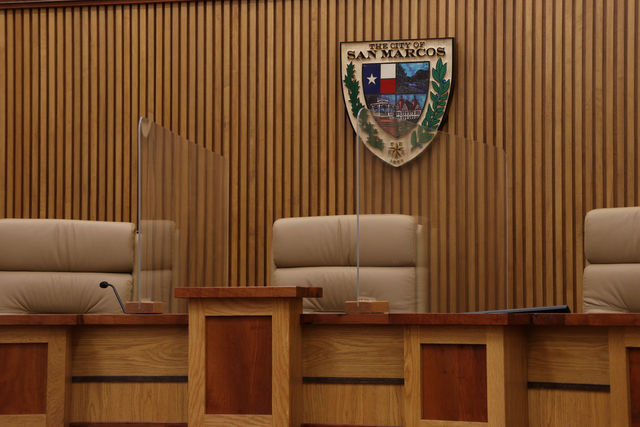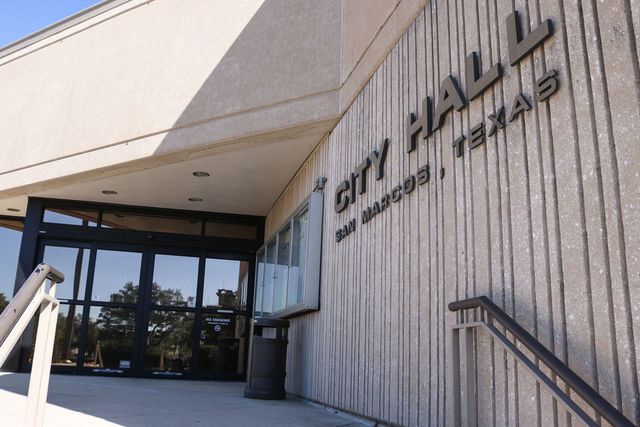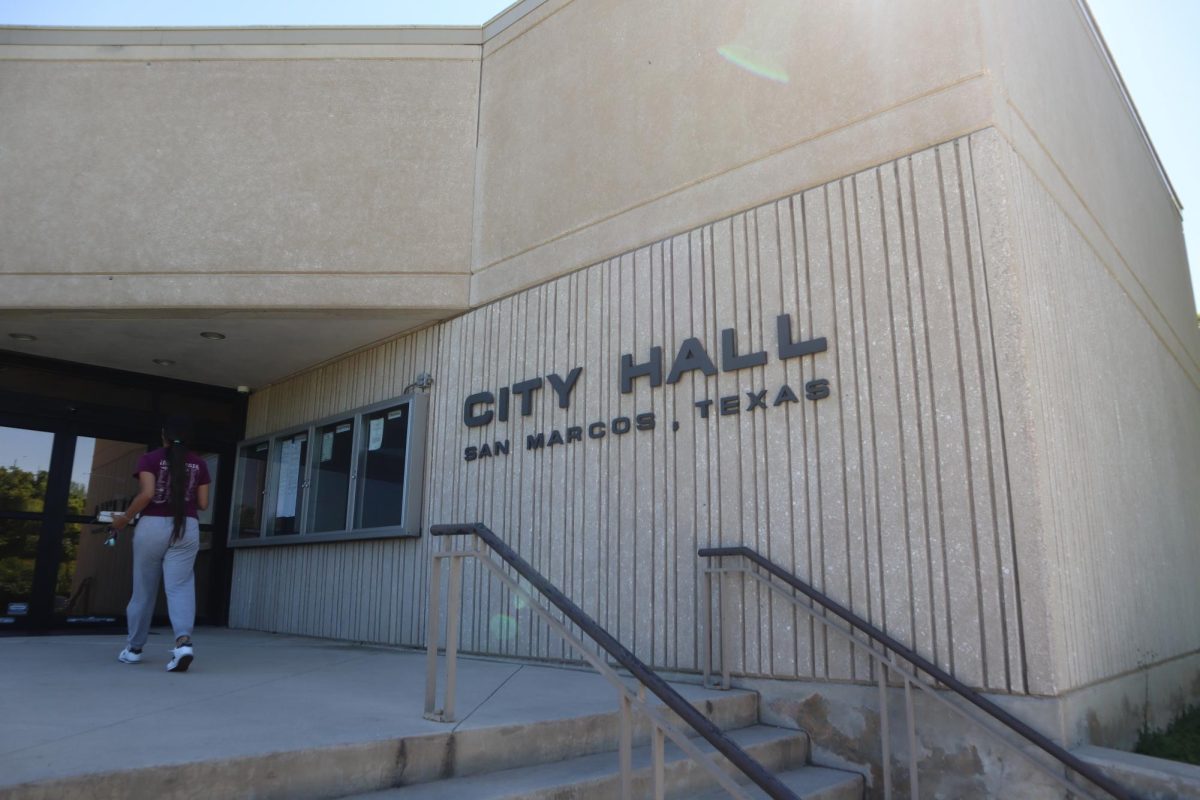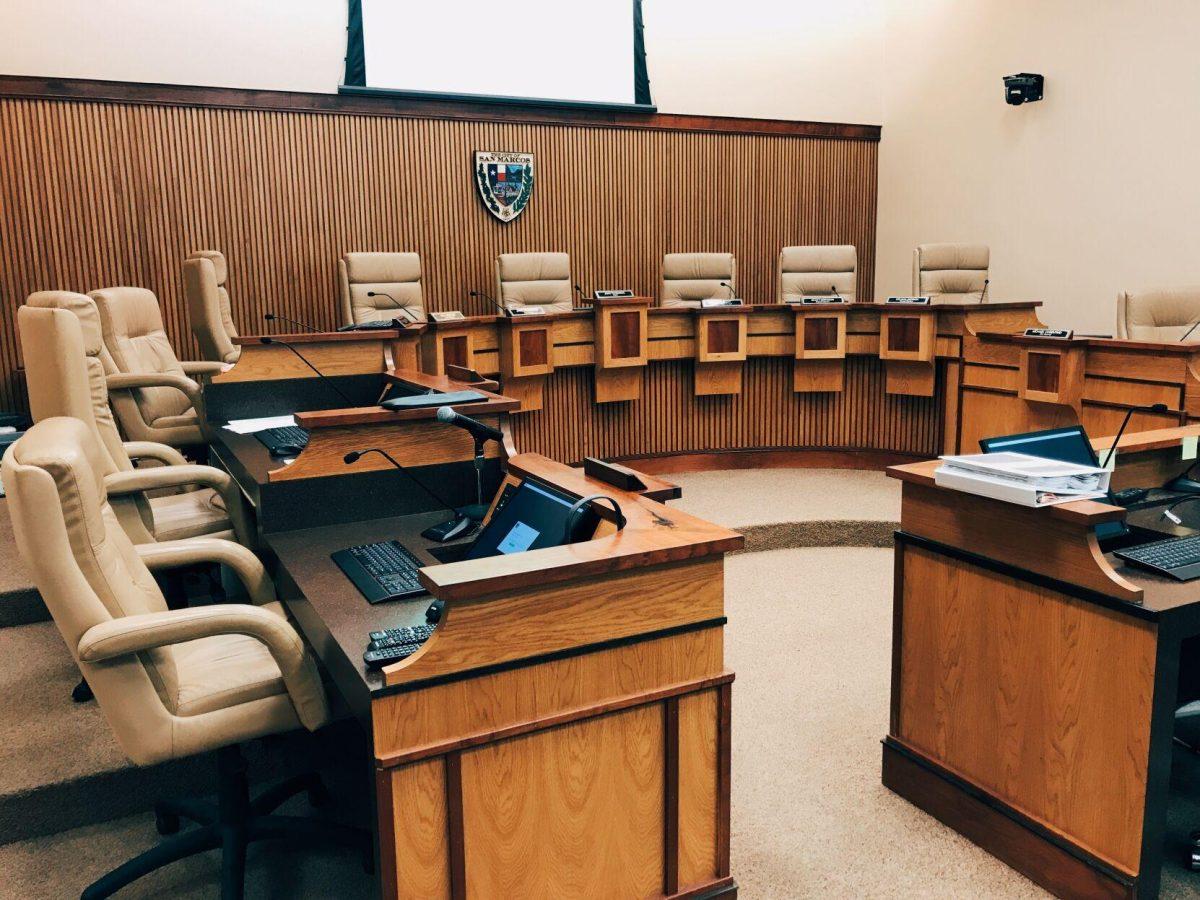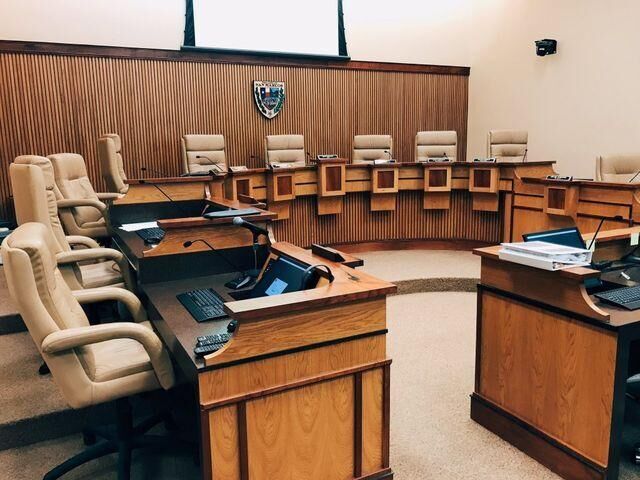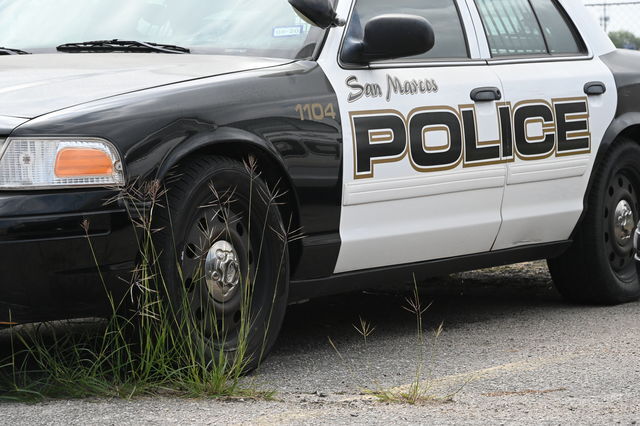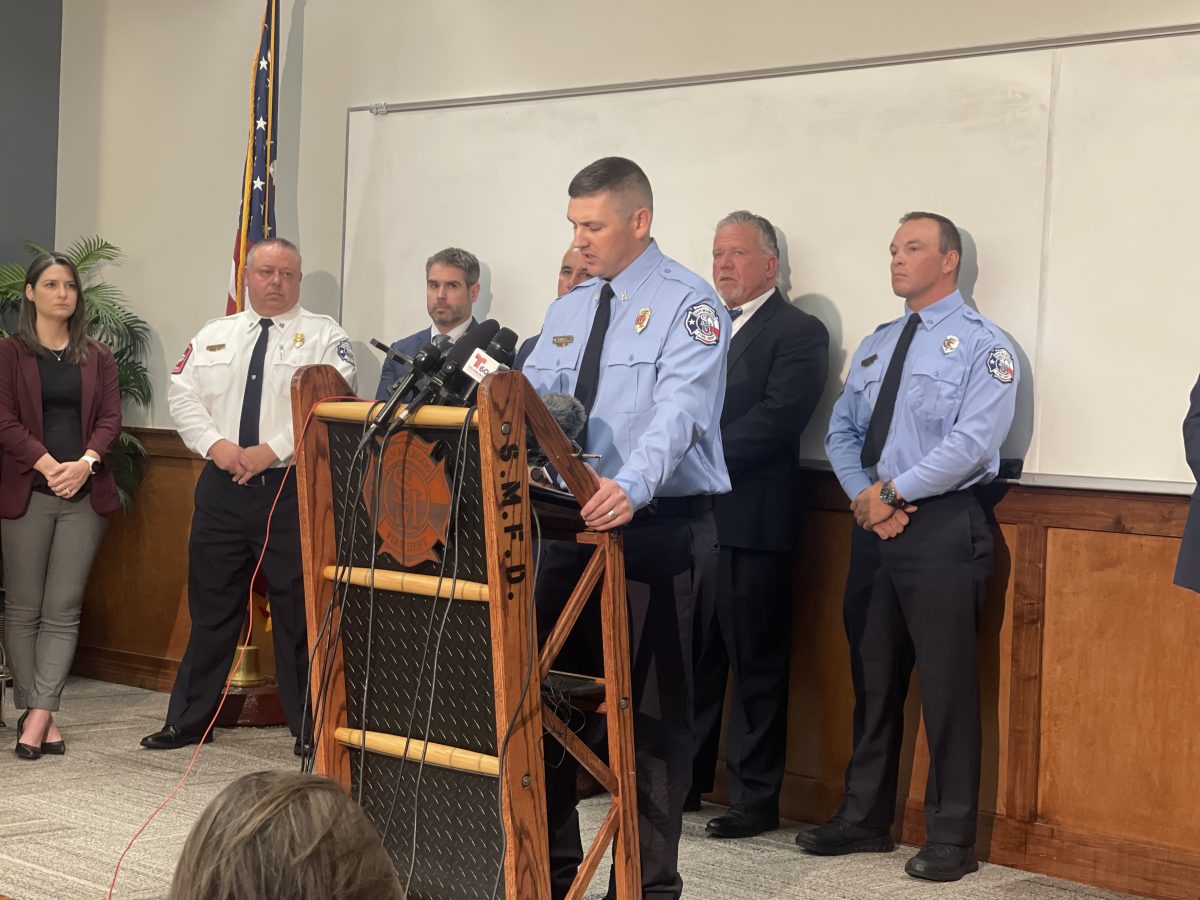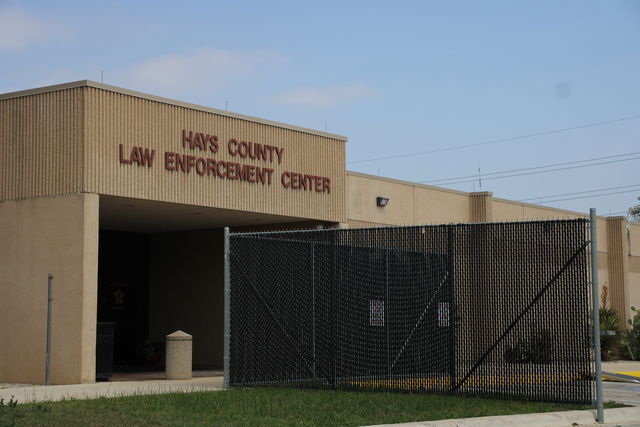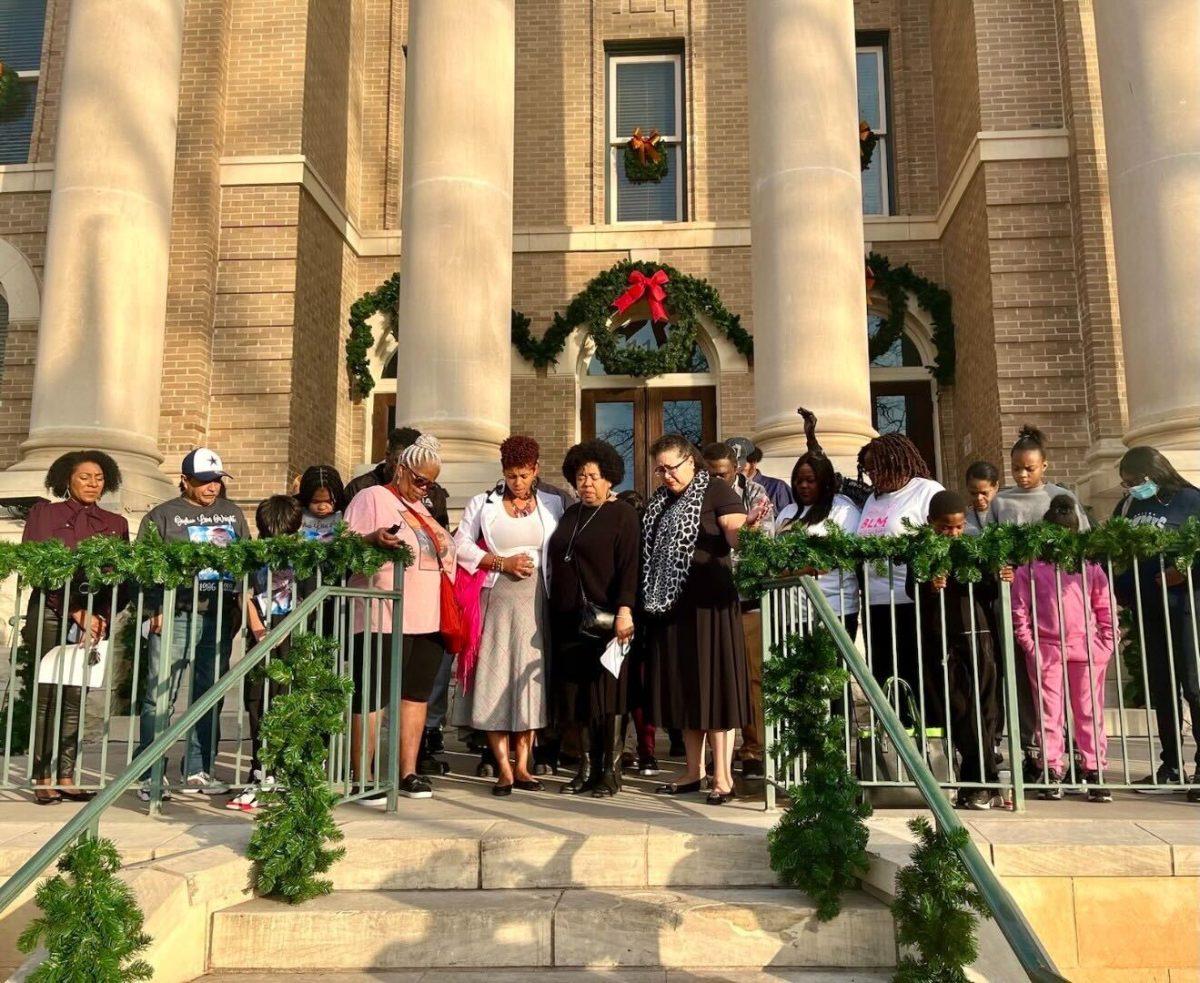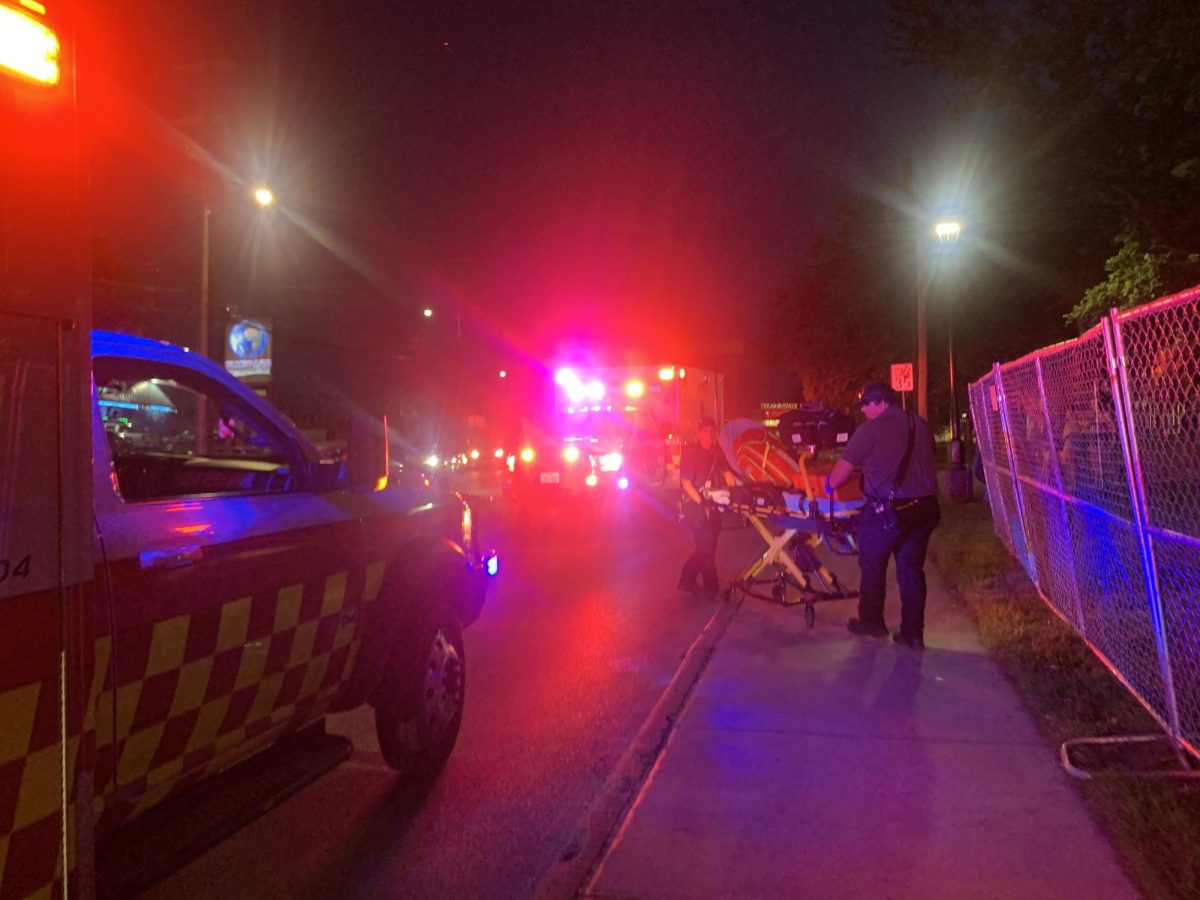A proposed ordinance incentivizing the use of cite-and-release will be considered by City Council March 3.
Pushed by local grassroots organization Mano Amiga, the ordinance seeks to guide San Marcos Police Department officers’ discretion, allowing them to issue citations for class C misdemeanors and some cases of class A and class B misdemeanors instead of making an arrest.
According to Texas Code of Criminal Procedure, officers can issue citations for low-level offenses but are allowed discretion.
In the proposed ordinance, individuals suspected of possession of marijuana less than four ounces, driving with an invalid license, graffiti, theft of property, theft of services and any class C misdemeanor other than public intoxication, assault or family violence could be eligible for cite-and-release.
During a Jan. 28 Criminal Justice Reform Committee meeting, Assistant Chief of Police Brandon Winkenwerder presented data collected by SMPD showing the total low-level arrest offenses in 2018 and 2019.
According to the data, there were 543 arrests for low-level offenses in 2018, 146 of which were eligible for cite-and-release. This is comparable to 398 arrests in 2019, 134 of which were eligible. A total of 22 citations were given in 2018 and 31 in 2019.
More than half of citation-eligible offenses in 2018 involved possession of marijuana under two ounces and driving with an invalid license.
In September, Hays County released data showing SMPD’s use of arrests for citation-eligible offenses in 2018. The data showed that 72 eligible cases involved a black individual and all of them resulted in an arrest—a detail that was vehemently challenged by activist organizations and local residents.
Winkenwerder said the increase in citations given in 2019 for possession of marijuana is both the result of communicating with sergeants and the changing of public opinion on the drug’s legalization.
“The citation increase was the direct result of us meeting with sergeants and getting their people on board to start giving more (citations),” Winkenwerder said. “A lot of that was in relation to possession of marijuana because the driving message seems to be that everyone is hearing in the media that (people) want it legalized. I think a lot of their opinions are that it’s not that big of a deal.”
Mano Amiga co-founder Jordan Buckley said despite the newly released data there is still a need for improvement, citing SMPD chose to arrest for the majority of cases where cite-and-release was an option.
“Assuming (SMPD’s) figures are accurate—which an ordinance ensuring data transparency would enable in the future—by SMPD’s own calculations, they arrested Hays County residents 77% of the time for citation-eligible offenses in 2019,” Buckley said. “It’s clear San Marcos officers direly need guidance from (city council) on how to use their discretion.”
According to the draft ordinance, a subject would not be eligible for cite-and-release if they can not provide satisfactory personal identification, is not a resident of Hays County, there is a reason to believe the safety of persons—including the subject—would be endangered by the release of the subject or the subject demands to be taken before the magistrate.
Additionally, if a subject has an outstanding arrest warrant or is suspected of committing an offense that is not protected under cite-and-release they would also not be eligible.
According to Winkenwerder, if a person is caught with more than one type of drug under current law they are not eligible for cite-and-release; however, a person can have more than one class C misdemeanor and still be eligible.
A resident of Hays County is defined as anyone having a Hays County address. According to Winkenwerder, that includes all Texas State students even if their permanent address is not in Hays County.
If passed, the ordinance would also require the city manager to make public a quarterly report of every instance SMPD makes an arrest for a citation-eligible offense.
The ordinance has received over 500 petition signatures and is supported by groups like MOVE Texas, Texas Rising, Latinas Unidas, RFK Young Leaders, Black Women United and Texas State’s NAACP chapter.
Mano Amiga Policy Director Eric Martinez said outlining to officers when it is appropriate to make an arrest will bring in noticeable results.
“While we’re encouraged to see the committee resolve to bring the ordinance for discussion at council, it’s imperative to realize the importance of guiding officer discretion via disqualifying circumstances in order to see the largest impact,” Martinez said.
An education forum on the cite-and-release ordinance will be held by Mano Amiga Feb. 16 at the Hispanic Culture Center of San Marcos at 5 p.m.
San Marcos City Council meets every first and third Tuesday of each month at 6 p.m. The agenda can be accessed through the Agenda Center on the City of San Marcos website.


